10 Best Herbal Baths For Dermatitis

Herbal baths can be a natural and soothing remedy for individuals suffering from dermatitis, offering relief from irritation and inflammation.
Certain herbs such as chamomile, oatstraw, and lavender are commonly used due to their anti-inflammatory and skin-soothing properties. These herbs can be steeped in warm water to create a calming bath that helps reduce redness and itching. Regular use of herbal baths may support skin healing and enhance the skin's natural barrier function.
However, it is advisable to consult a healthcare professional before incorporating herbal treatments, especially for severe or chronic cases of dermatitis.
FREE Herb Drying Checklist
How to make sure every batch retains maximum flavor, color, and aroma without the risk of mold or over-drying. Eliminate guesswork and trial-and-error, making herb drying faster, easier, and more efficient every time.
Table of Contents
1. Urtica dioica

Urtica dioica, commonly known as stinging nettle, has been traditionally used in herbal baths to alleviate symptoms of dermatitis due to its anti-inflammatory and soothing properties.
When prepared as a bath, the leaves and stems of urtica dioica can be steeped in warm water to create a calming infusion that helps reduce redness, itching, and irritation associated with skin conditions. The presence of compounds such as histamine, formic acid, and antioxidants in stinging nettle may contribute to its therapeutic effects on sensitive skin. However, it is important to note that the initial stinging sensation from the plant can be irritating, so it is often recommended to use a pre-soaked or processed form of the herb.
When used properly, urtica dioica baths can serve as a natural and gentle alternative for managing dermatitis symptoms.
2. Hypericum perforatum

Hypericum perforatum, commonly known as St. John's Wort, has been traditionally used in herbal baths for its potential soothing properties on the skin.
When infused into bathwater, hypericum perforatum may help reduce inflammation and irritation associated with dermatitis due to its anti-inflammatory and antioxidant compounds. The essential oils and flavonoids present in the herb are believed to support skin healing and provide a calming effect on sensitive or inflamed skin. Herbal baths with St. John's Wort can be a gentle alternative for those seeking natural remedies for skin conditions like eczema or contact dermatitis.
However, it is important to consult a healthcare professional before using such baths, especially if there are known allergies or interactions with other medications.
3. Equisetum arvense
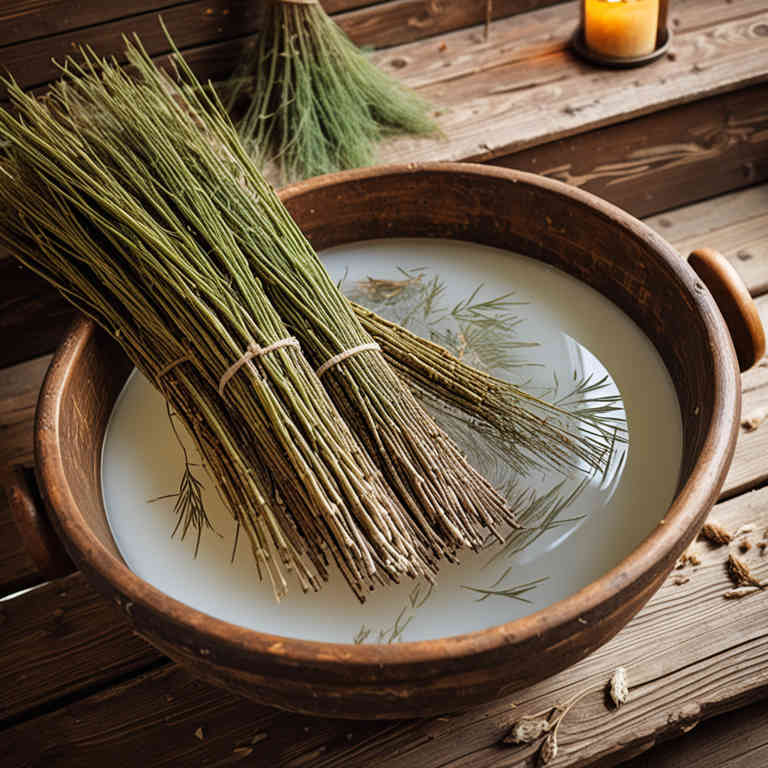
Equisetum arvense, commonly known as field horsetail, has been traditionally used in herbal baths to treat dermatitis due to its high concentration of silica and anti-inflammatory properties.
The silica in horsetail helps to strengthen the skin's structure and promote healing, while its astringent qualities can reduce excess oil and soothe irritated skin. When infused into bath water, Equisetum arvense can provide a gentle yet effective remedy for conditions like eczema and psoriasis. However, it is important to use it in moderation to avoid over-drying the skin.
As with any herbal treatment, it is advisable to consult a healthcare professional before incorporating Equisetum arvense baths into a skincare routine.
4. Aloe barbadensis
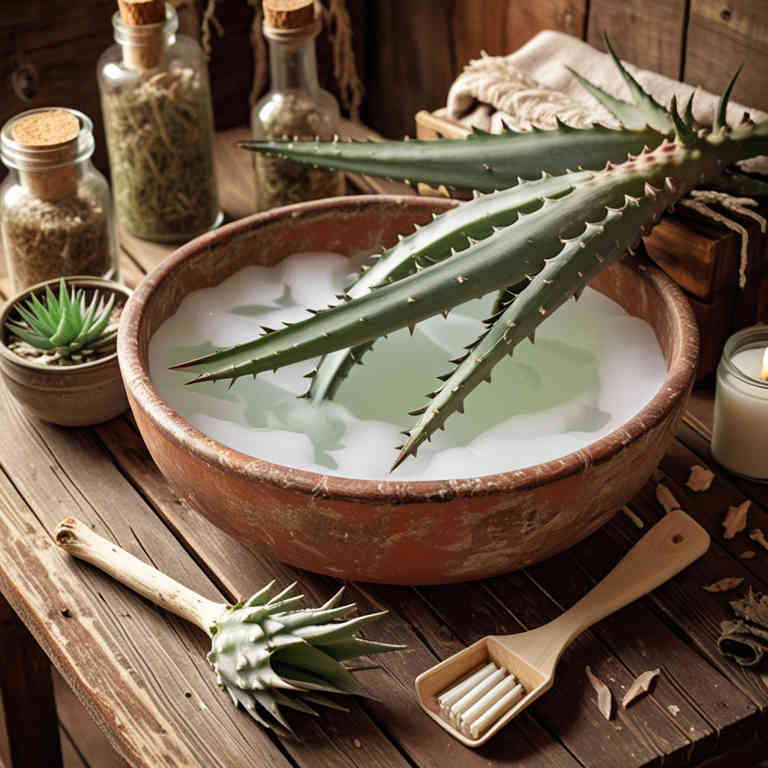
Aloe barbadensis, commonly known as aloe vera, has been widely used in herbal baths for its soothing and healing properties, particularly for individuals suffering from dermatitis.
The gel extracted from the aloe plant contains anti-inflammatory compounds that help reduce redness, itching, and irritation associated with skin conditions like eczema and contact dermatitis. When incorporated into a bath, aloe vera can provide a calming effect on the skin, promoting hydration and enhancing the skin's natural barrier function. Its mild and natural ingredients make it suitable for sensitive skin, offering a gentle alternative to harsh chemical treatments.
Regular use of aloe barbadensis in herbal baths may contribute to long-term skin health and relief from dermatitis symptoms.
5. Chamomilla recutita

Chamomilla recutita, commonly known as German chamomile, has been widely used in herbal baths for its soothing and anti-inflammatory properties, making it a popular remedy for dermatitis.
The essential oils in chamomile, particularly bisabolol and chamazulene, help reduce skin irritation, redness, and itching associated with various types of dermatitis. When used in a warm bath, chamomile can help calm the skin and promote healing by improving blood circulation and reducing inflammation. To prepare a chamomile bath, steep a handful of dried chamomile flowers in boiling water for 10-15 minutes, then add the infusion to a warm bath and soak for 15-20 minutes.
While generally safe, it is important to perform a patch test before using chamomile baths, especially for those with sensitive skin or allergies.
6. Lavandula angustifolia

Lavandula angustifolia, commonly known as English lavender, has been widely used in herbal baths for its soothing and anti-inflammatory properties, making it a beneficial treatment for dermatitis.
The essential oils in lavender, particularly linalool and lavandin, help reduce skin irritation and redness by calming the nervous system and decreasing inflammatory responses. When infused into bath water, lavender promotes relaxation and can alleviate the discomfort associated with eczema and contact dermatitis. Its antimicrobial properties also help prevent secondary infections in broken or inflamed skin.
Regular use of lavender-infused baths can support overall skin health and provide a natural, aromatherapeutic approach to managing dermatitis symptoms.
7. Salvia officinalis

Salvia officinalis, commonly known as sage, has been traditionally used in herbal baths to soothe skin conditions such as dermatitis.
The essential oils and compounds found in sage possess anti-inflammatory and antimicrobial properties that can help reduce redness, itching, and infection in affected skin. To prepare a sage bath, a handful of dried sage leaves can be steeped in hot water and then allowed to cool before being used as a bath soak. This natural remedy is particularly beneficial for individuals seeking a gentle, non-chemical alternative to conventional treatments.
Regular use of sage-infused baths may help promote skin healing and provide long-term relief from dermatitis symptoms.
8. Rosa canina
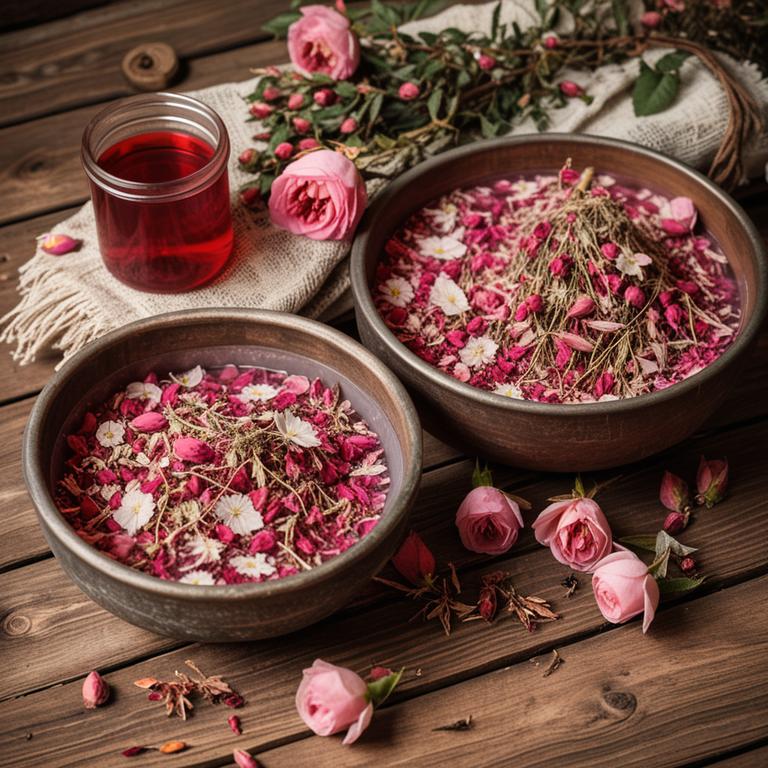
Rosa canina, commonly known as rosehip, is a traditional herbal remedy that has been used for centuries to support skin health.
When used in herbal baths, rosehip oil or rosehip extract can provide soothing relief for individuals suffering from dermatitis due to its high concentration of essential fatty acids and antioxidants. These compounds help to reduce inflammation, moisturize the skin, and repair the skin barrier, which is often compromised in dermatitis. The anti-inflammatory and regenerative properties of rosa canina make it a gentle and effective option for managing symptoms of eczema and other inflammatory skin conditions.
Regular use of rosa canina herbal baths can complement conventional treatments and promote overall skin wellness.
9. Symphytum officinale
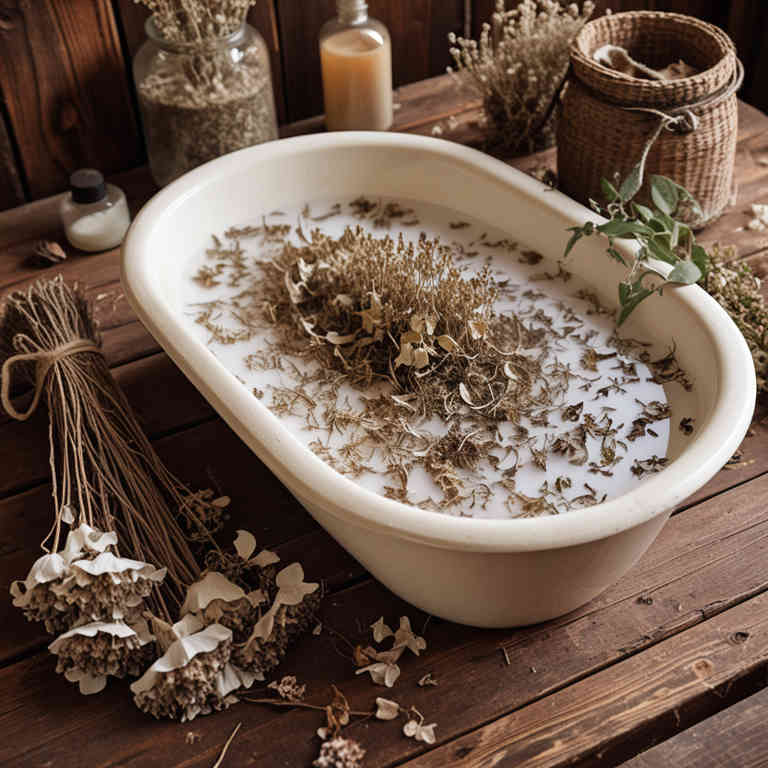
Symphytum officinale, commonly known as comfrey, has been traditionally used in herbal baths for its potential soothing and healing properties.
When prepared as a bath, comfrey can help alleviate skin irritation and reduce inflammation associated with dermatitis. The plant contains allantoin and mucilage, which may promote skin regeneration and provide a protective barrier. However, it is important to note that comfrey contains pyrrolizidine alkaloids, which can be toxic if ingested, so it should never be used internally.
For topical use in baths, it is recommended to consult a healthcare professional to ensure safe and effective application.
10. Melissa officinalis
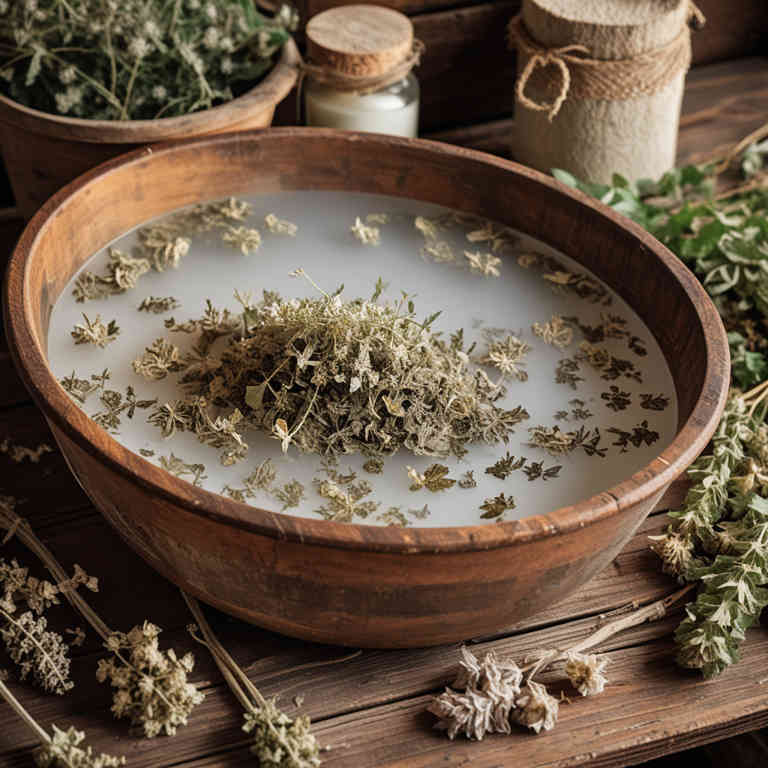
Melissa officinalis, commonly known as lemon balm, is a herb that has been traditionally used for its calming and healing properties.
When used in herbal baths, it can provide relief for individuals suffering from dermatitis due to its anti-inflammatory and antiseptic qualities. The soothing properties of lemon balm help reduce skin irritation and redness, making it a natural remedy for sensitive skin conditions. To prepare a melissa officinalis bath, simply steep a handful of fresh or dried leaves in hot water and add the infusion to a warm bath.
This gentle treatment can be a calming and effective addition to a skincare routine for those dealing with dermatitis.